In August some places will be miserably cold, windy and dry, while others will be miserably cold, wet and still dark when you wake up. But take heart – this will soon be a thing of the past! August is not a hot favourite with gardeners, but the promise of spring is already in the air with the sweet scent of jasmine. If you tackle the mundane but necessary tasks now, you will have time for lots of really ‘lekka’ planting later.
Clear the garden of weeds, down to the last seedling growing between the cracks of the paving, and get the soil into prime planting condition by adding copious amounts of compost to new and planted beds. Do not dig it in as this will just encourage new weeds to germinate. Just leave it on top!
Give lawns the spring treatment, which means a sharp cut (scarifying); severe raking to remove the old, dead mat; spiking with a garden fork to allow air, food and water to reach the root system; generous feeding with a lawn fertiliser and, finally, a bit of levelling out and covering with an organic blanket, called lawn dressing. Note that this treatment should only be applied to runner-type lawns like Kikuyu and some of the tougher Cynodon grasses. Do not scarify cool-season lawns like Kentucky Blue, tuft-type perennial grasses or blended mixes like All Season’s Evergreen or Shade Over.
Tie all standard roses and young plants securely to their stakes to prevent wind damage. Do not throttle them though. A relaxed tieback in the form of a figure eight around the stake and the main stems, which allows some movement, works fine.
Eastern Cape
You can still plant petunias, lobelias, begonias, chrysanthemums and lobularia (alyssum). The winter and early spring bedding plants like violas and pansies, as well as primulas, are still available in full colour and can still be planted (preferably in dappled shade) if you cannot let go of them. Snapdragons are also still around and are the perfect gap filler for August.
Check for weeds and use a selective weed killer on lawns. Please ask for advice before buying these products and tell your local nursery where you are planning to use the recommended product. Round Up used on the lawn will, for instance, be catastrophic!
Yahoo! It is time to plant the all the daisies! Argyranthemum, arctotis and osteospermum abound. Veggies and herbs to plant now: Thyme, parsley, basil, coriander, rocket, spinach, tomatoes, beetroot, carrots, broccoli, okra, beans.
Free State
August is ‘a new beginning’ after a long and cold winter. Towards the middle of the month, dead and frosted leaves should be removed so that new ones can develop. But only do this after all danger of late frost is over, as these help to protect the new and softer growth. Remember that August is your last chance to prune roses.
Fruit trees, like peach, apricot and plum, are great choices as deciduous trees, especially for small gardens. It is a ‘fruitful’ choice, as you get shade from a relatively petit tree, as well as the delicious fruit. Other small, flowering trees that like the cold are Prunus serrulata (flowering cherry) and the crab apples Malus purpurea and Malus floribunda.
Summer bulbs like gladioli, dahlias and amaryllis are available toward the end of August, so start planning where you are going to plant them. All herbs can be planted towards the end of August, but summer veggies like tomatoes, beans, green pepper and eggplants are very tender to frost. Start those you can sow in seed trays in a protected place, but only plant the seedlings out in the garden towards the second half of September.
Gauteng
Apply fertiliser with a high potassium content to your bulbs that have completed their flowering. This will induce the development of next year’s embryo flower within the bulb. Do not cut off their dying leaves as they still feed the bulb. Divide clumps of overgrown perennials, replant them with compost and feed with 3:1:5 fertiliser. As the weather warms up, cut back fuchsias by a third, mulch with compost and feed with a high-nitrogen fertiliser to encourage new growth. Repot container-grown plants into a pot one size bigger. Towards the end of August, start pinching out the growing tips of shoots as soon as they develop two pairs of leaves, as this will result in a bushier, more floriferous plant. Hydrangeas can be pruned now and you can start feeding them towards the end of August. For intense blue flowers, sprinkle 25g of aluminium sulphate around the root zone of the bush and water very well.
Peaches, apricots, plums, nectarines, apples and pears will be coming into flower this month. Feed with 3:1:5, allowing 100g for young trees and 200g for more mature trees. Give a dose of Epson salts to any citrus trees with yellowing leaves, along with a general feed. Also feed pineapples, pawpaws, granadillas, figs, mangoes and strawberries with 3:1:5 granular fertiliser. Seeds of Cape gooseberries can be sown now, and asparagus crowns planted.
Sow beans and a row or two of carrots in situ. Leeks, beetroot, radish, parsnips and turnips can also be sown in the latter part of August. When the main flower head of broccoli has been harvested, feed the plants with a high-nitrogen food to force production of secondary shoots.
KwaZulu-Natal
Cuttings of begonias, coleus, salvias and impatiens will take root quickly as the weather warms up. Divide and replant cannas and heliconias. Bougainvilleas can be pruned and fed with 2:3:4 granular fertiliser. Trees should be pruned neatly and, if unsightly, quite heavily to allow for new growth. Water and feed with 2:3:2 until they start looking good again – they have suffered through a very dry winter!
Start preparing your lawn for summer. Berea or Durban grass should just be mown as per normal (not scarified) when starting the spring treatment. If your lawn is not under stress and is looking fairly good, a good spiking followed with a dose of organic fertiliser and a water is fine. If the lawn is a bit under the weather, spike it, fertilise, water well and add a top-quality lawn dressing. Do not cut your lawn too short: raise the height of the lawn mower blades to about 7cm in shade and 3-4cm in sun. Longer grass will protect the roots and reduce moisture evaporation from the soil.
Make small sowings of oriental vegetables and quick-to-mature vegetables. Sow seed of eggplants and lettuce in seed trays. Plant out sweet potatoes. Sow seed of beans, cucumbers, Swiss chard, baby marrows, patty pans and squash in situ. Sow a last crop of carrots.
Western Cape
There is lots in flower this month, and it is all the toughies that can withstand wind, cold evenings and a sudden rise of temperature during the day. Special this month are our bright and beautiful pincushions (Leucospermum) – do plant your own! Some exotics are looking great at the moment, and if you have Geraldton wax (Chamaelaucium) in your garden, you are probably also picking flowers by the bucketful.
Cape daisies (osteospermum) are easy to grow and are available in a huge range of vibrant colours and textures. They are excellent container plants and ideal to plant en masse. Veggies to plant now: Beetroot, carrots, lettuce, spinach, beans, cabbage and green peppers.
For more information on bringing life to your garden, visit the Life is a Garden website or join the conversation on their Facebook page.


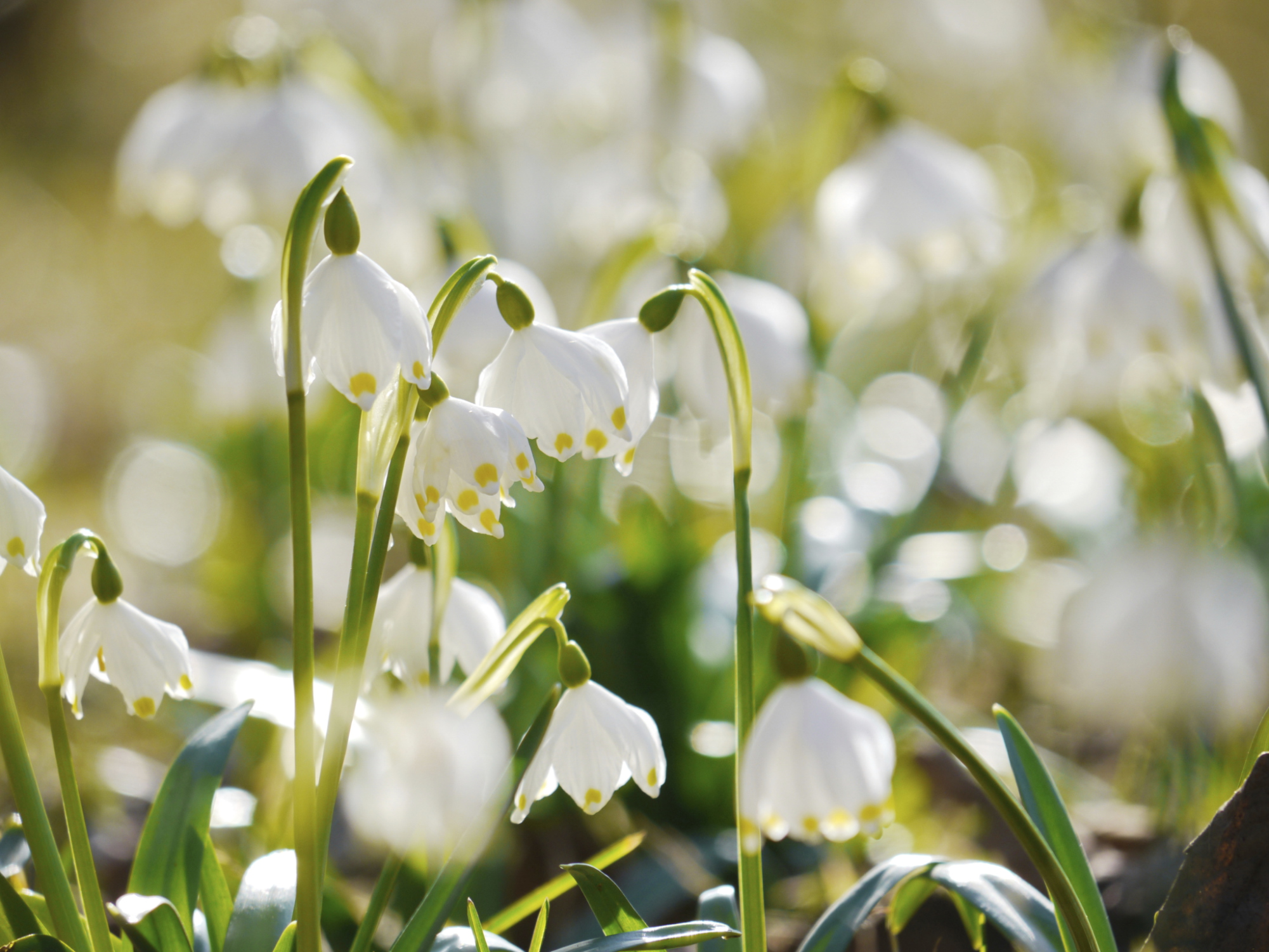


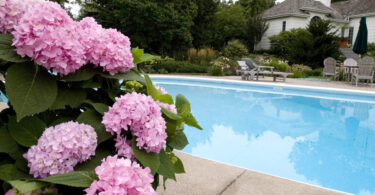
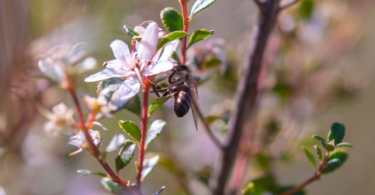
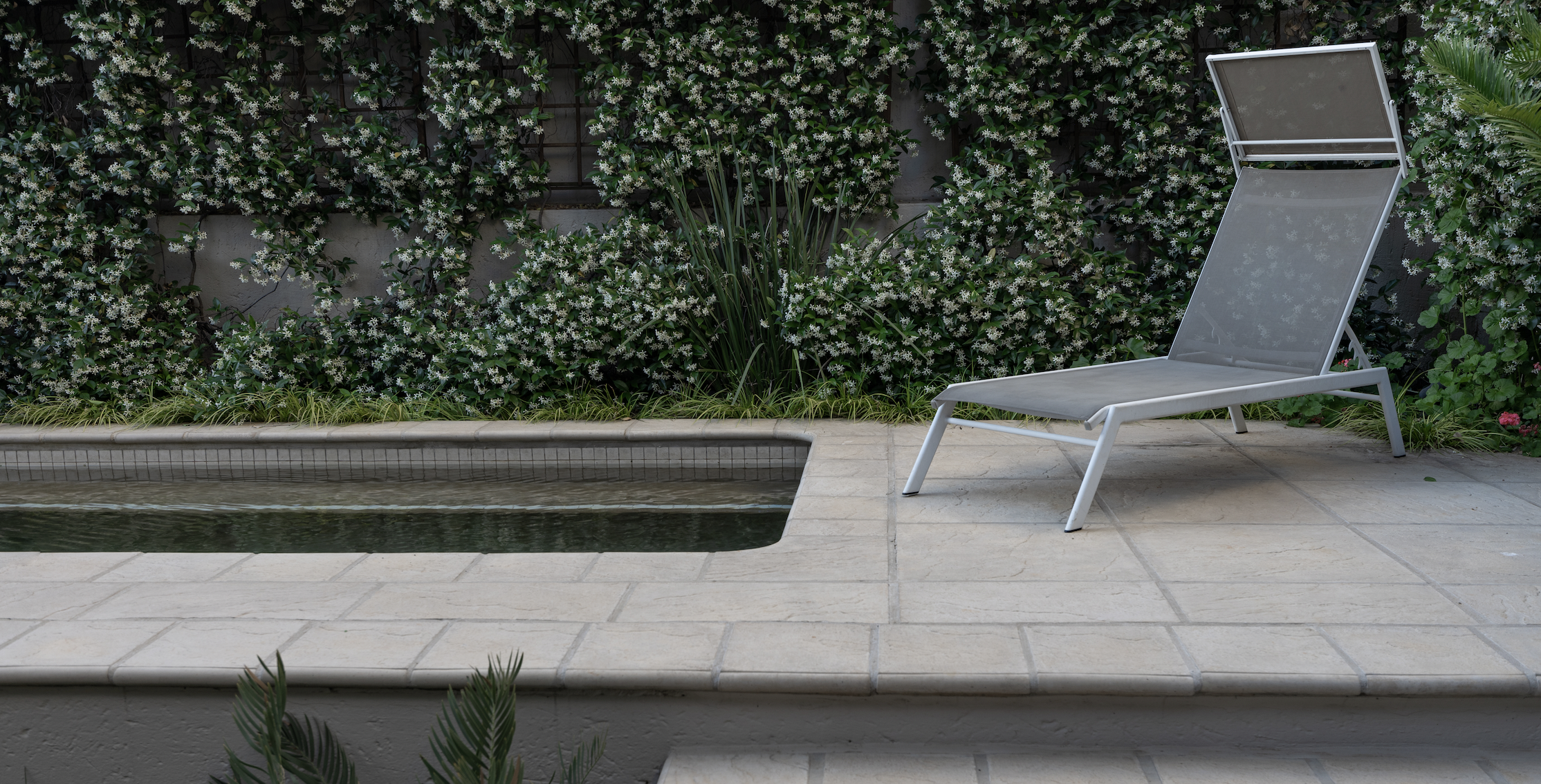

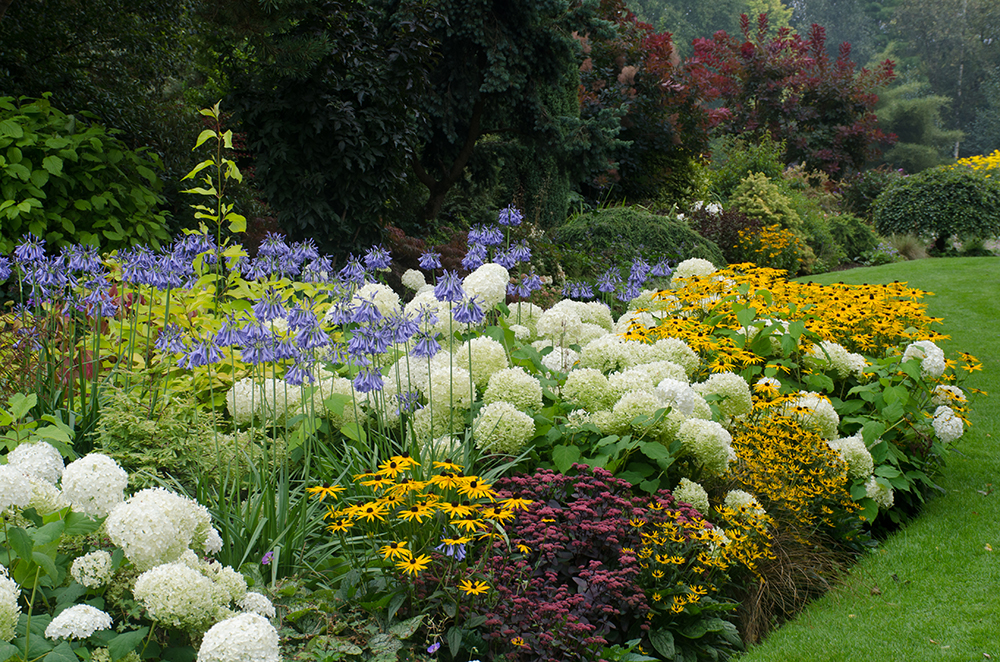
Leave a Comment